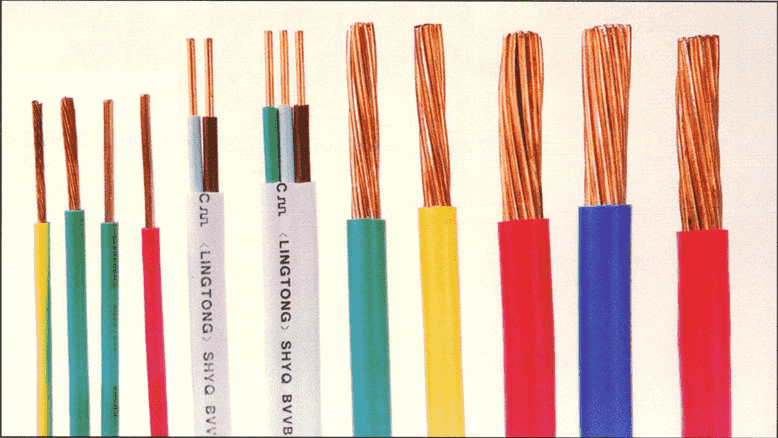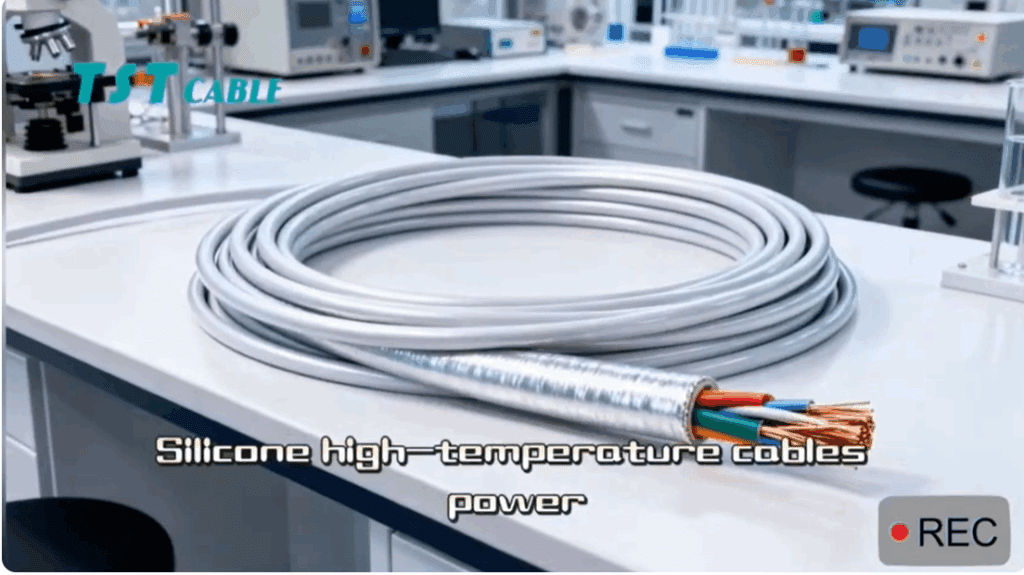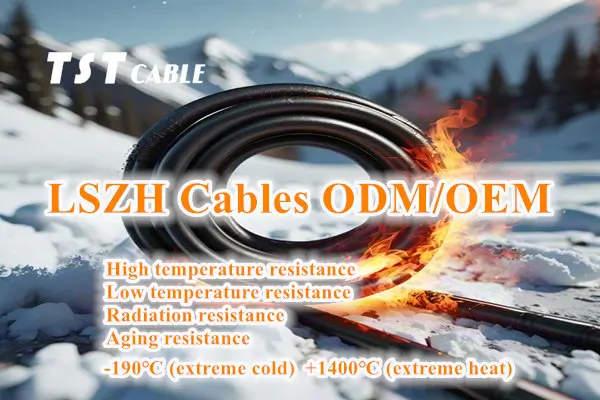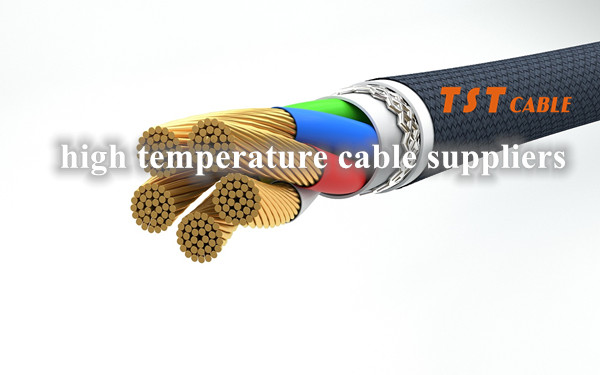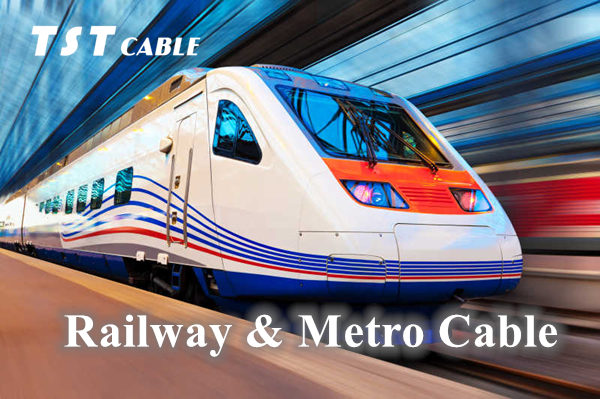
The application of low-smoke halogen-free (LSHF or LS0H) cables in high-speed rail motor control equipment is primarily based on their superior performance characteristics, particularly in terms of fire safety. The following are some key considerations for TST CABLE’s LSHF cables in high-speed rail motor control equipment:
- Improved Safety
Reduced Toxicity: In the event of a fire, conventional cables may release toxic gases. LSHF cables significantly reduce this risk because they contain no halogens (such as fluorine, chlorine, and bromine), which reduces the toxicity and corrosiveness of the combustion products.
Reduced Smoke Density: LSHF materials are designed to produce less smoke in the event of a fire, which improves visibility, facilitates evacuation, and protects sensitive equipment from smoke damage.
- Compliance with Stringent Railway Standards
High-speed rail systems are often subject to very stringent safety and performance standards. Low-smoke halogen-free cables often meet these high standards, such as European standards like EN 50306, EN 50264, and EN 50382. These standards set specific requirements for wires and cables used in rail transit vehicles, including mechanical strength, heat resistance, and fire resistance. - Adaptability to Complex Environments
Wide Temperature Range: Low-smoke halogen-free cables maintain excellent electrical performance over a wide operating temperature range, which is crucial for the extreme weather conditions that can occur in high-speed rail environments.
Oil and Chemical Resistance: Considering the various environmental factors that high-speed rail may encounter during operation, such as oil contamination or other chemical exposure, low-smoke halogen-free cables generally offer good resistance. - High-Speed Rail Motor Control System Application Examples
In high-speed rail motor control systems, low-smoke halogen-free cables can be used to connect various sensors, actuators, and controllers, ensuring stable and reliable signal transmission while also providing additional security for the entire system.
For internal carriage wiring or long-distance communication lines between locomotives, choosing low-smoke halogen-free cables can effectively prevent the spread of fire and minimize the risk to human health. - Electrical Performance Requirements
High Reliability: The operation of high-speed rail systems places extremely high demands on the stability and reliability of power transmission. Low-smoke halogen-free cables must ensure excellent conductivity to ensure accurate and timely signal transmission.
Anti-Interference Capability: Because electromagnetic interference (EMI) may exist in motor control systems, selecting low-smoke halogen-free cables with good shielding can effectively reduce the impact of external electromagnetic fields on signal transmission. - Mechanical Performance
Abrasion Resistance: Considering the vibration and friction experienced during long-term train operation, low-smoke halogen-free cables must exhibit strong abrasion resistance to extend their service life.
Flexibility and Installation Ease: To facilitate wiring and maintenance, these cables are typically designed to be flexible, easy to bend, and suitable for installation in confined spaces. - Adaptability to Special Environments
Fire Resistance: Some high-end low-smoke halogen-free cables also have certain fire resistance properties, allowing them to maintain functionality for a certain period of time even at high temperatures. This is crucial for ensuring system operation in emergency situations.
Waterproof and Moisture-Proof: For cables that may be exposed to moisture, special sheath materials or structural designs are necessary to enhance their waterproof and moisture-proof properties. - Standards and Certifications
When selecting low-smoke, halogen-free cables, ensure they comply with relevant international or regional standards, such as IEC 60332-1/3 for flame retardancy ratings and ISO 14001 for environmental management systems. Furthermore, for specific industries (such as rail transportation), requirements such as EN 45545 (European standard for fire protection of railway vehicles) may also need to be met. - Cost-Benefit Analysis
Although low-smoke, halogen-free cables may cost more than traditional PVC cables, they offer increased safety, a longer service life, and lower maintenance costs in the long run. Particularly in sectors where public safety is paramount, such as high-speed rail, the initial higher investment often yields significant socioeconomic benefits. - Case Studies and Development Trends
With technological advancements, a growing number of new low-smoke, halogen-free materials are being developed to further enhance cable performance. For example, TST CABLE’s advanced polyolefin composite material not only retains its original advantages but also offers breakthroughs in weight reduction and environmental performance. - Recommended Products
TST CABLE: A Lifeline for Safety Under the Stringent HL3 Standard
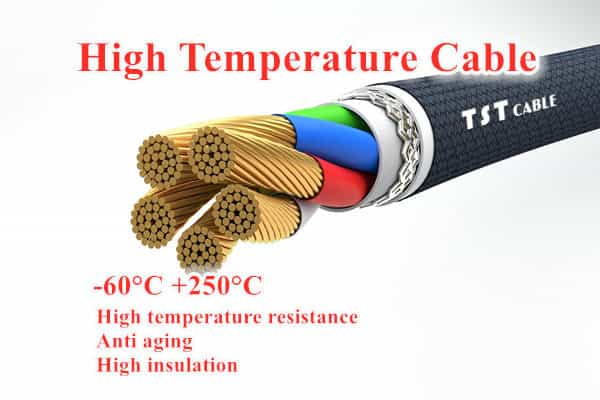
Facing the stringent EN 45545 HL3 standard, particularly the smoke toxicity, heat release, fire resistance, and visibility requirements that can impact passenger safety, selecting cables that meet these standards is crucial for ensuring rail transit safety. It is precisely in this demanding fire-resistant environment that TST CABLE’s fire-resistant cables stand out with their superior design and craftsmanship. Its product line strictly adheres to standards, providing reliable protection for building safe lifeways:
Product Model: TST-Z-FR
EN50264-3-1 0.6/1.0kV MM
Cable Construction
①Conductor: Silver-plated copper conductor, Category 5 construction
②Wrapping: Mica tape
③Insulation: Irradiated cross-linked polyolefin
Product Features
Temperature Resistance: -40-125°C
Withstand Voltage Rating: 600V (test voltage 3500V/5min)
Meets EN50200 30min and 90min
Meets EN45545-2 R15/R16 HL3
Color: Black
TST CABLE low-smoke, halogen-free cables play a vital role in high-speed rail motor control equipment and other critical systems due to their excellent environmental and safety performance. They not only enhance overall system safety but also meet the high-performance material requirements of modern high-speed trains. However, the specific cable type to be selected should be determined based on actual project requirements and relevant national or industry standards. In actual projects, by comparing product samples provided by different suppliers and combining laboratory test results and field test feedback, TST CABLE can help decision makers make more scientific and reasonable choices.
Also available in:
English


